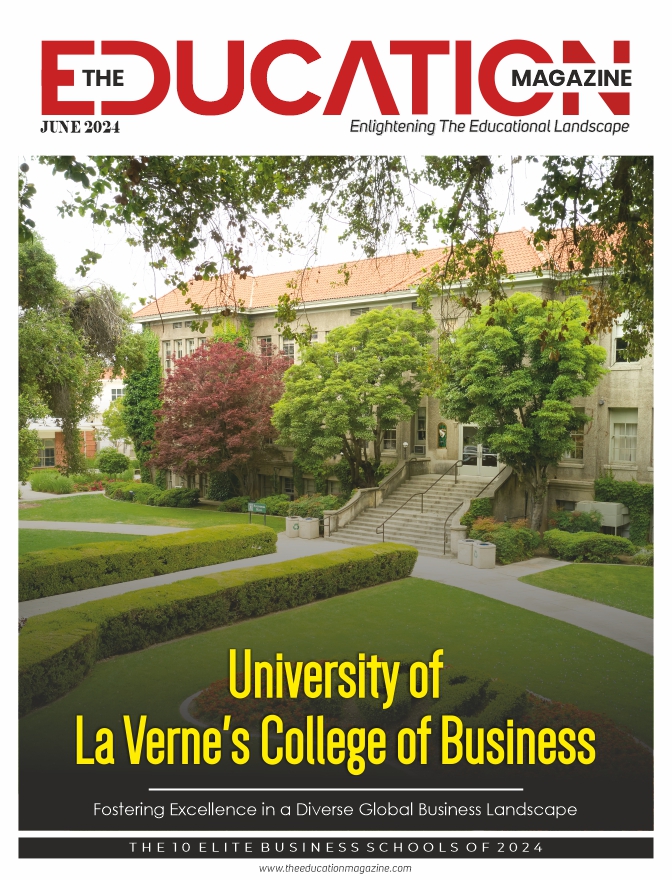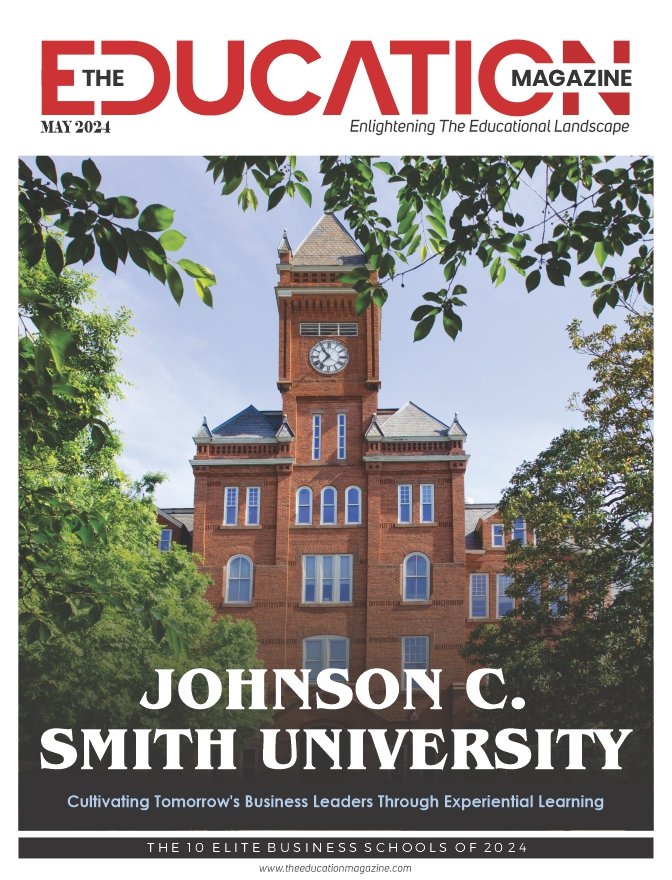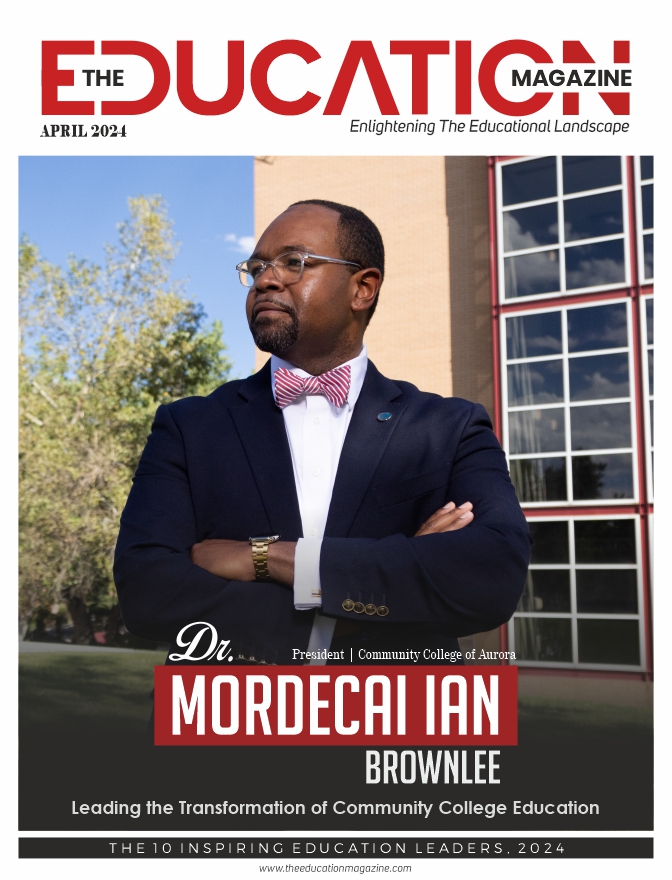Key Highlights:
- Researchers at the University of Colorado Boulder have created a new quantum stopwatch.
- The team’s discovery might lead to significant advancements in a variety of imaging technologies.
- TCSPC gives the total number of photons and also times when each photon hits the detector.
New Quantum stopwatch
Researchers at the University of Colorado Boulder have created one of the most exact stopwatches ever—not for timing Olympic sprinters and swimmers, but for counting single photons, or the energy packets that makeup light.
The team’s discovery might lead to significant advancements in a variety of imaging technologies, ranging from sensors that map entire forests and mountain ranges to more sophisticated gadgets that can identify human illnesses such as Alzheimer’s and cancer.
According to Bowen Li, the study’s primary author, the research focuses on a commonly used method known as time-correlated single-photon counting (TCSPC). It operates in a similar way as the Olympic timers: scientists fire a laser light onto a sample of their choice, ranging from single proteins to enormous geologic formations, and then record the photons that reflect back to them. Researchers can learn more about an object by collecting more photons.
That stopwatch is now more accurate than ever. Li and his colleagues demonstrate that they can monitor the arrival of photons with an accuracy that is more than 100 times greater than current instruments using an ultrafast optics tool termed a “time lens.”
Photo Finish
TCSPC might not be a household name, according to Huang. However, the technology, which was originally created in 1960, has changed the way people view the world. These photon counters are crucial parts of lidar (light detection and ranging) sensors, which scientists use to build geologic maps. They’re also visible with fluorescent lifetime microscopy, a technique for imaging at a smaller scale. Doctors use the method to identify diseases such as macular degeneration, Alzheimer’s disease, and cancer.
Traditional TCSPC instruments, on the other hand, can only measure time to a certain precision: When two photons arrive at your instrument too close together—for example, 100 trillionths of a second or less—the detector registers them as a single photon.
It’s akin to a picture finish between two sprinters in a 100-meter race.
Time Lenses
Imagine two photons as two runners sprinting neck-and-neck—so close that the Olympics timekeeper can’t tell them apart. That’s how time distortion works. Both photons are sent via Li and his colleagues’ time lens, which is made up of loops of silica fibers. One of the photons slows down during the process, while the other accelerates. Instead of a close race, there is now a significant gap between the runners, which may be detected by a detector.
The technique works, according to the researchers: TCSPC devices with built-in time lenses can differentiate between photons arriving at a detector with a gap of several hundred quadrillionths of a second—orders of magnitude better than regular devices.
Also Read: Expanding Quantum Technology in Computer Hardware










